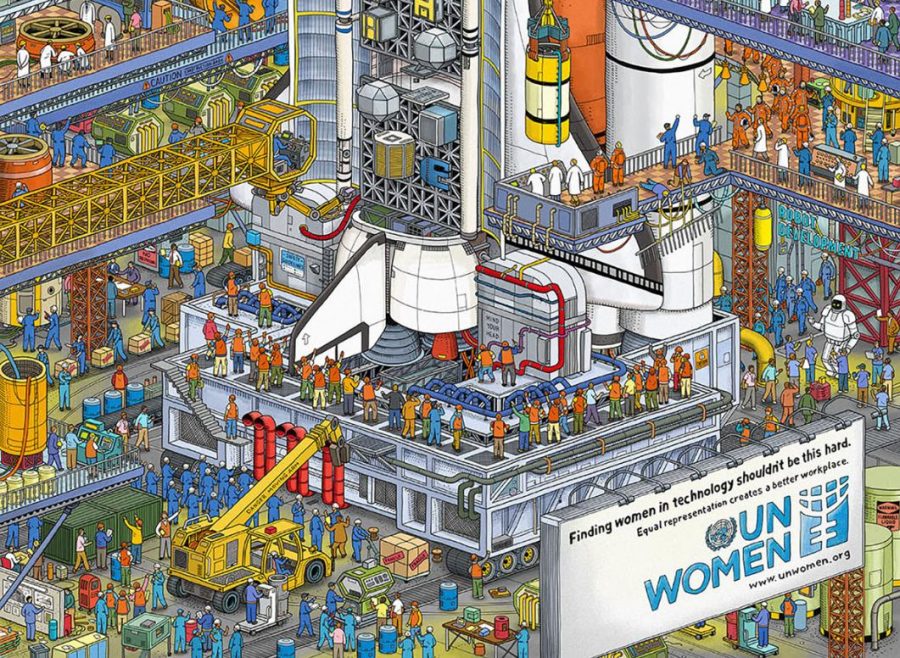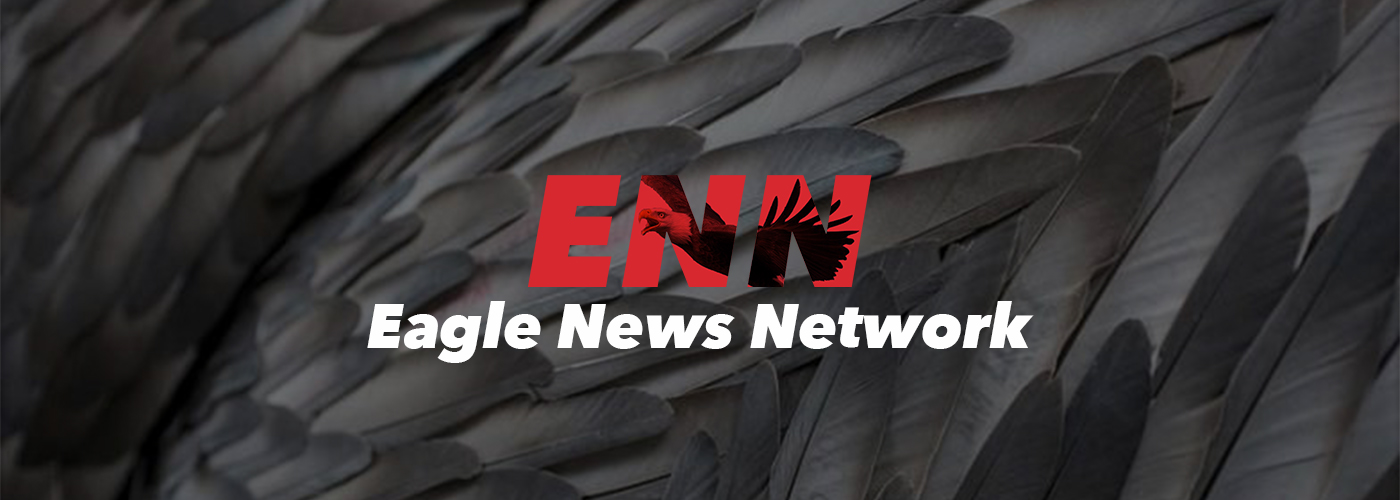The Unacceptable Gap in STEM

January 10, 2020
It’s no surprise to anyone who’s taken a computer science, physics, or math class that the class presents a shocking ratio. Both my AP Java and Physics classes had just three girls. And this is just high school, the first opportunity for students to somewhat pick and choose their courses. Somehow, in girls’ first 14 years, they’ve been discouraged from pursuing STEM.
But did you know just how staggering the gender gap really is?
After high school, the gap widens even more. In 2015, women received just 18% of computer science, 20% engineering, 39% physical sciences and 43% of mathematics majors. In 2016, women of minorities earned 12.6% of bachelor’s degrees in science and engineering, 7.8% of master’s degrees in science and engineering, and 5.0% of doctorate degrees in science and engineering.
Moreover, although women make up half of the U.S. college educated workforce, they comprise only 28% of all the STEM workforce. Basically, 1 in every 4 adults working in STEM is a woman.
The gap begins to form in childhood. We need to encourage young girls to find confidence in themselves and the scientific process–to overcome the existing pessimism and just keep trying.



